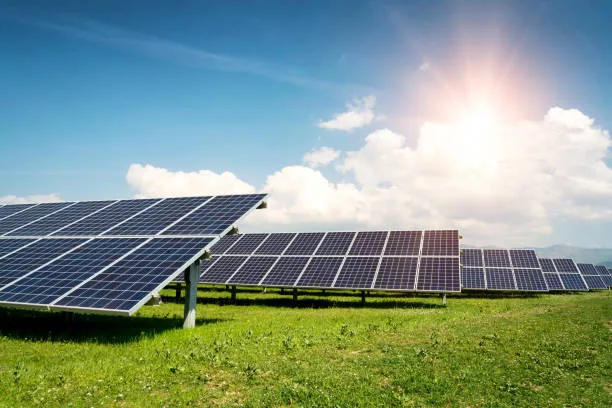The future shone a little dimmer for U.S. solar cell production when Suniva, a prominent American supplier of monocrystalline solar cells, shuttered its doors in 2017. It seemed that the production of these efficient solar cells might disappear from American shores altogether. However, recent developments suggest a renaissance is on the horizon for locally manufactured monocrystalline solar cells.
Challenges of Domestic Solar Cell Production
The swift expansion of the U.S. solar industry has been primarily on the back of rising installation numbers. Yet, domestic manufacturing hasn’t kept pace. Silicon crystal-based solar cells, particularly monocrystalline, favored for their high efficiency, have been absent from the list of American-made products. This gap has left the American solar industry dependent on a steady stream of imports, stirring concerns about the sustainability of domestic production in the face of overwhelming foreign competition.
Last year, an eye-opening report by S&P Global revealed a staggering 82% increase in solar panel imports, underscoring the reliance on foreign-made solar equipment despite efforts to stimulate domestic production.
The Return of Suniva and American Solar Manufacturing
The tale of Suniva’s fall and rise is intriguing. Having been on the cusp of extinction after triggering trade disputes that saw tariffs imposed on imported solar products, Suniva is making headlines again. Thanks to a strategic comeback fueled by financial support and the promise of federal incentives under the Inflation Reduction Act, Suniva plans to revive its solar cell manufacturing operations in Georgia with an anticipated capacity of a gigawatt per year.
New York investment firm Lion Point Capital now spearheads the company with ambitions to reclaim a significant share of the market and bring back jobs and innovation to the U.S. solar industry.
Forging Partnerships for a Brighter Future
In a recent announcement, Suniva disclosed a pivotal partnership with the Canadian solar manufacturer, Heliene. Heliene’s new Minnesota factory is set to incorporate American-made solar cells into its panels, marking a milestone for U.S. solar technology. Such initiatives are not just a win for the companies involved but represent a broader shift towards satisfying the domestic demand for home-grown clean energy solutions.
Cristiano Amoruso, Suniva’s CEO, has voiced strong support for the role played by the Inflation Reduction Act in fostering such partnerships and bringing solar cell manufacturing back to the U.S.
Impact on Georgia’s Economy and the Clean Energy Sector
The resurgence of solar manufacturing is poised to yield tangible economic benefits. For instance, Suniva’s comeback is expected to create hundreds of jobs in Georgia, indicative of a larger trend where the clean tech sector is spurring economic development in the state. This activity extends beyond solar, with the electric vehicle industry also experiencing significant growth, thanks in part to state-level initiatives.
Despite political pushback from some officials against clean energy policies, Georgia seems poised to embrace the economic potential of the clean tech revolution. The state, however, faces the challenge of ramping up its production of clean electricity to meet the growing demand from industries investing in the region.
In summary, the landscape of U.S. solar cell manufacturing is undergoing a significant transformation, and the rebirth of Suniva plays a central role in this story. As federal and state policies align to support clean energy, the promise of a robust, American-made solar sector shines brightly on the horizon.

























